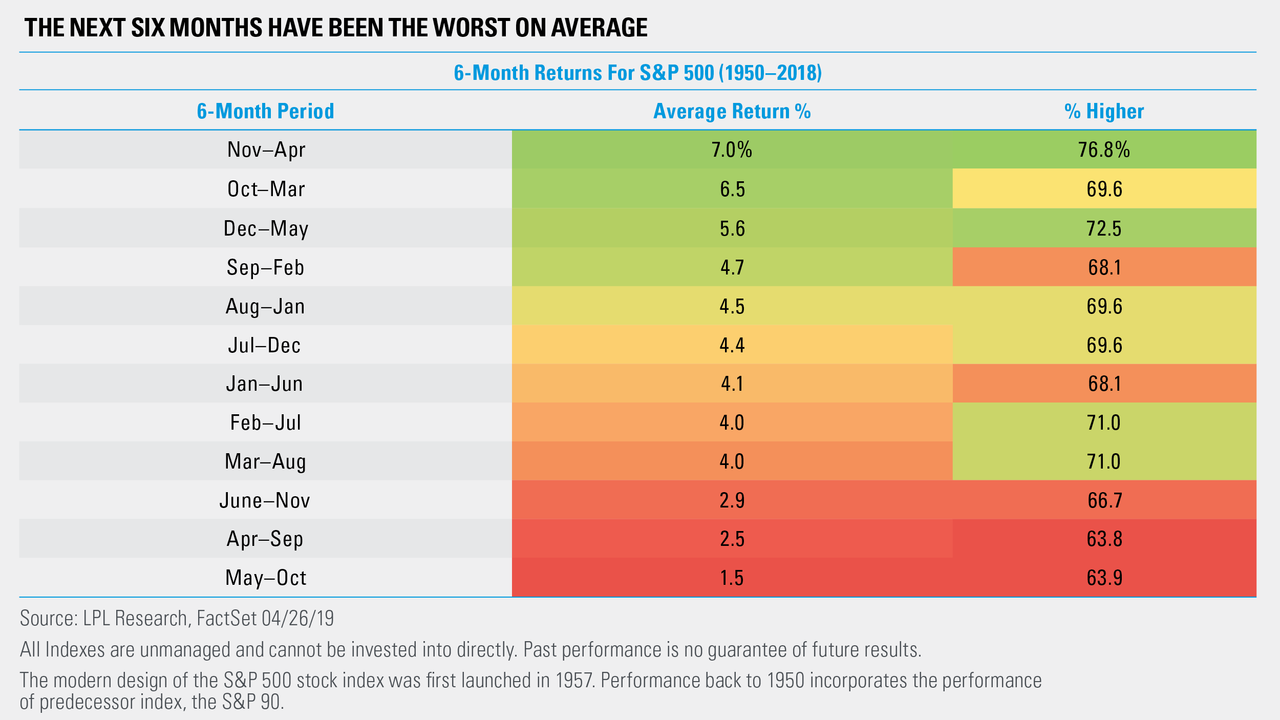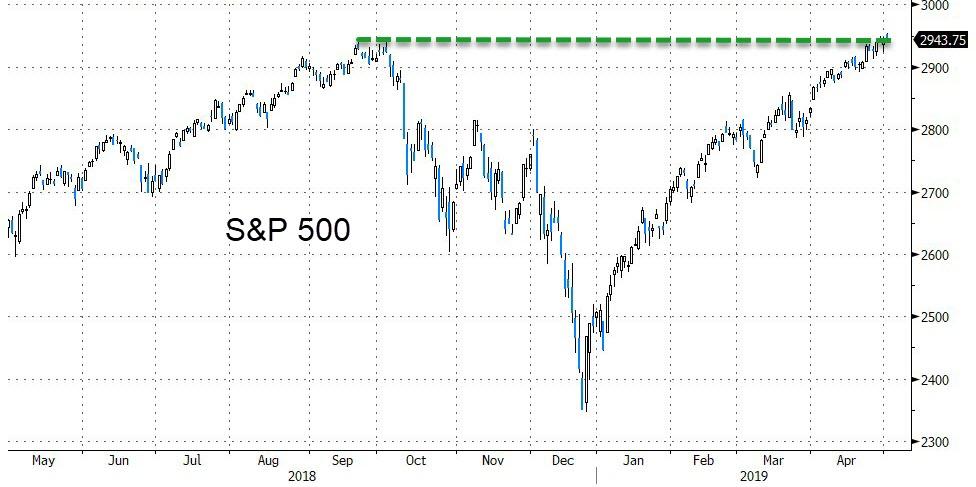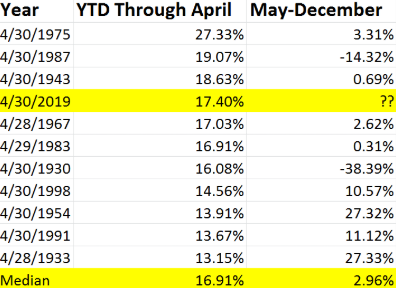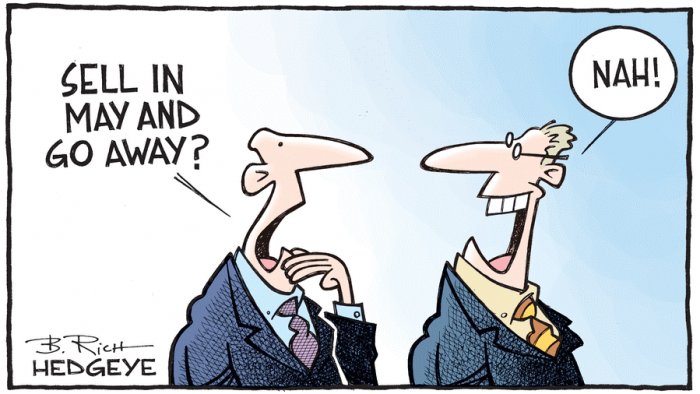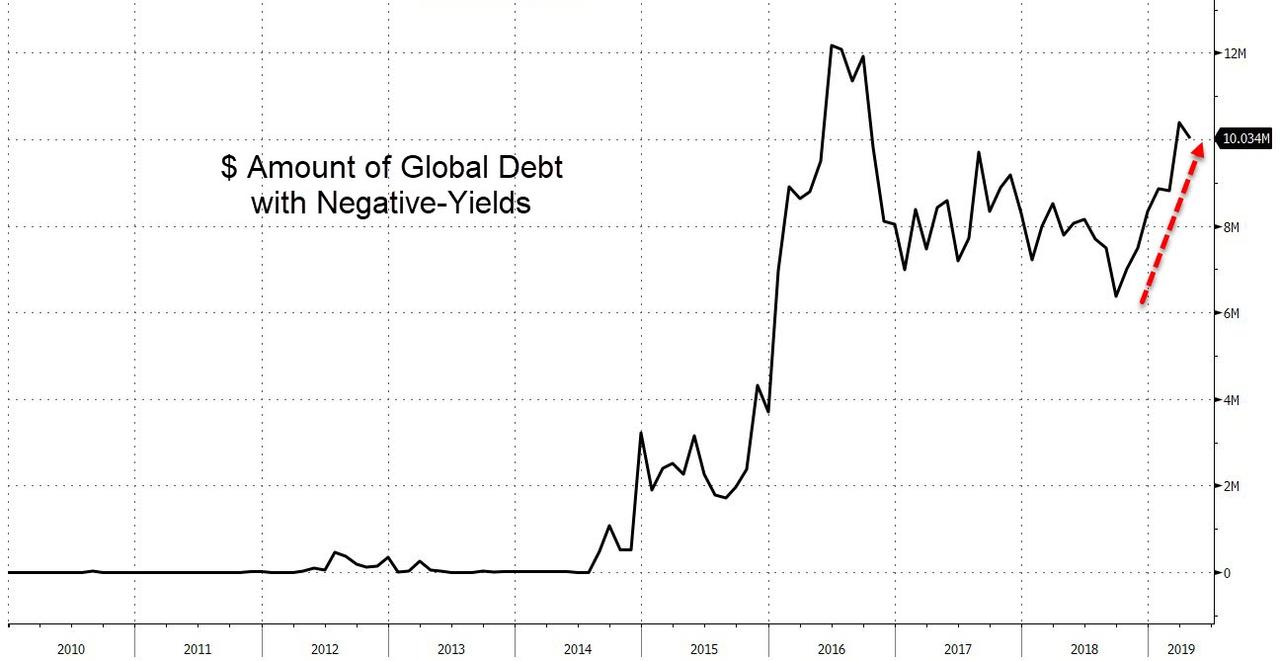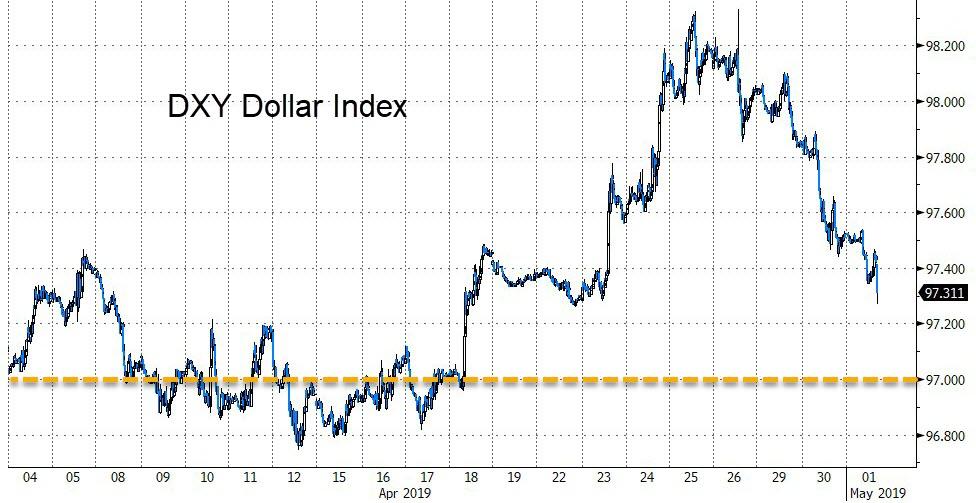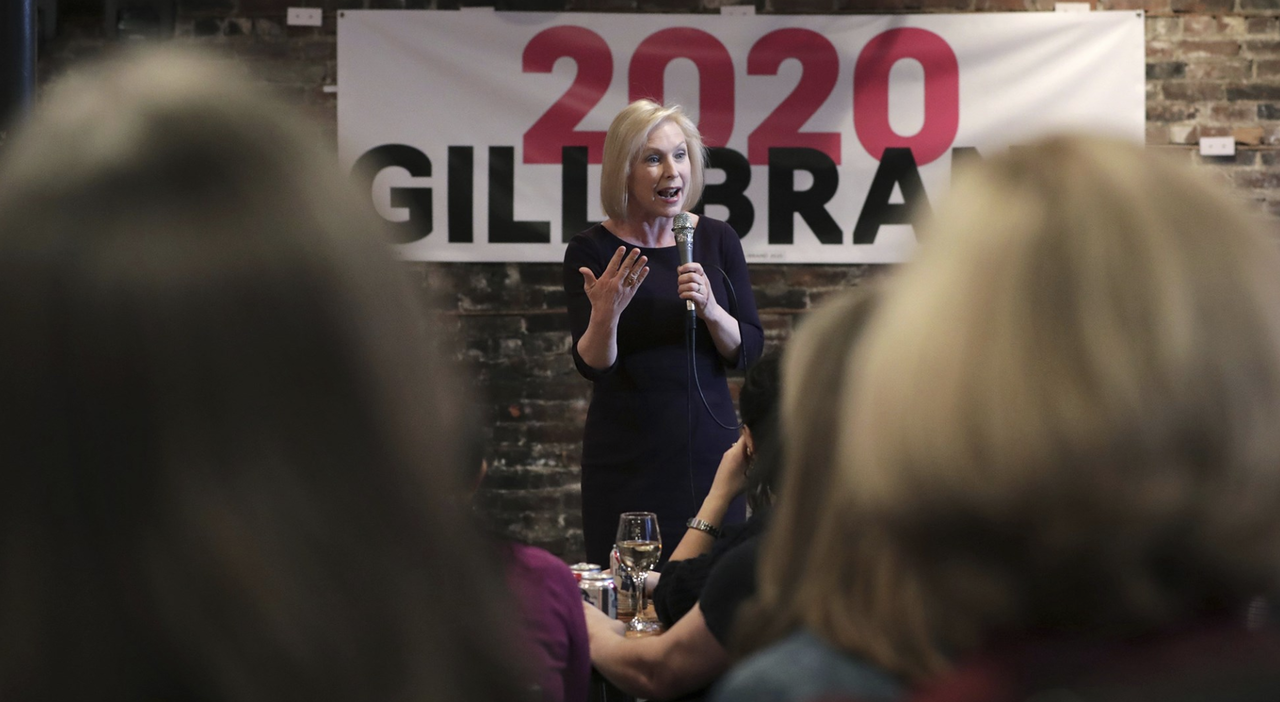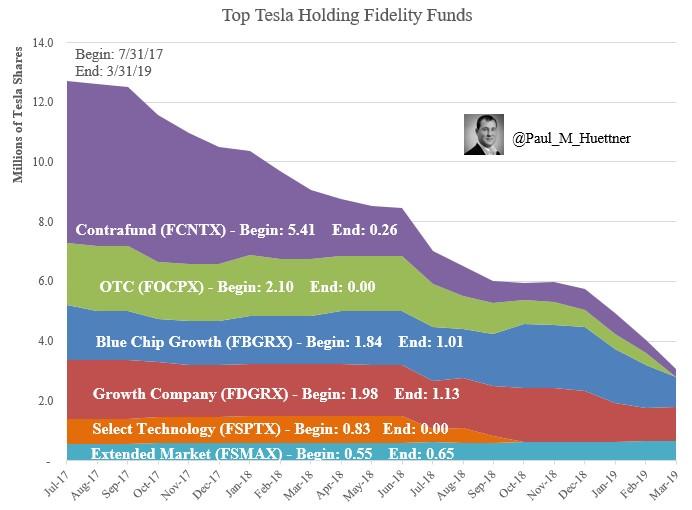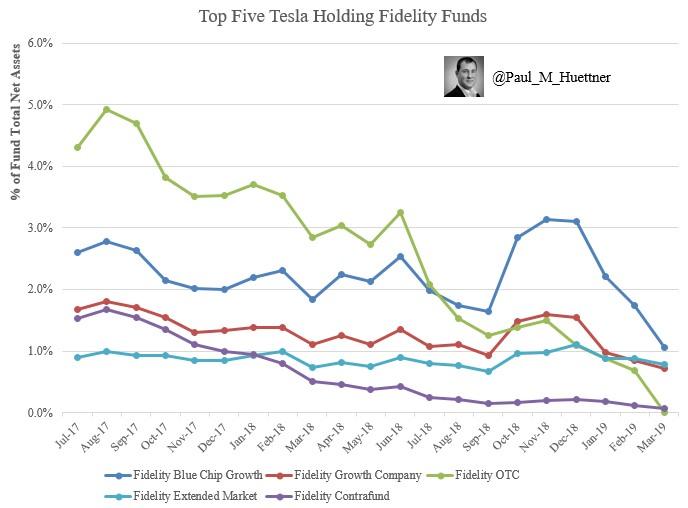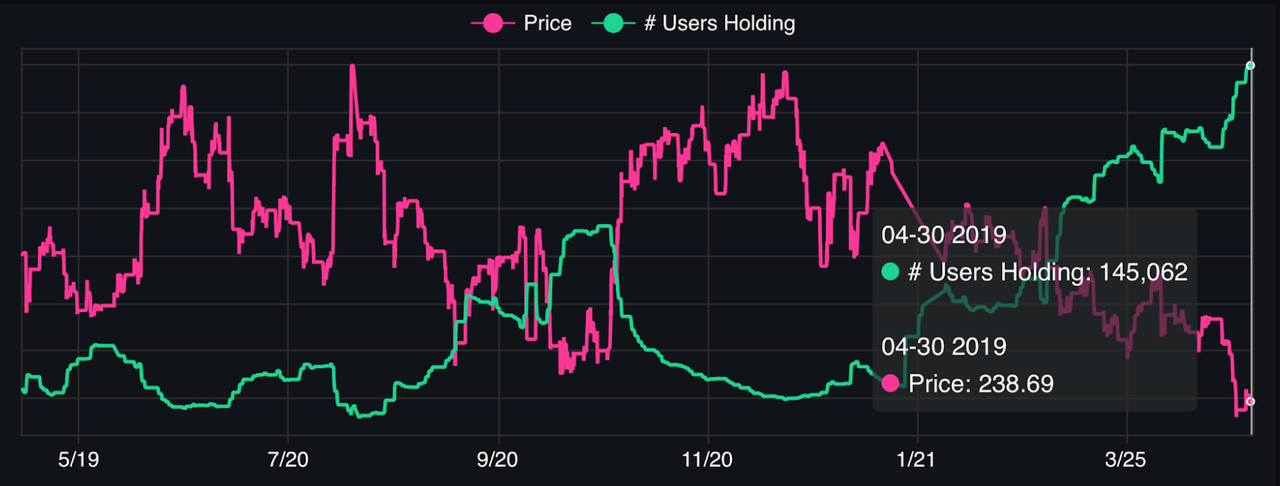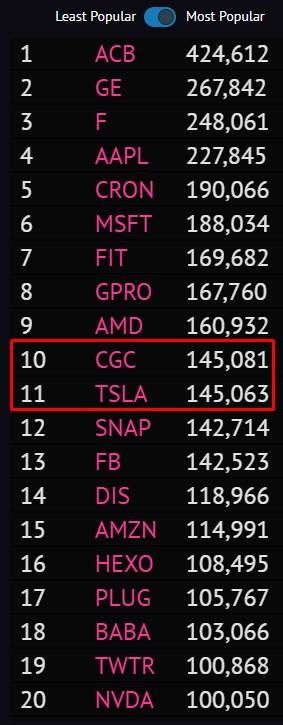According to the latest report from the Social Security Trustees, the program’s official accounting guardians, Social Security will be insolvent by the middle of the 2030s. Looked at one way, the problem might seem obvious: too many obligations, not enough money. But the program already spends more than $1 trillion annually, more than any other federal program today. The real problem isn’t money. It’s time.
Since 2010, the program’s annual costs have exceeded its income—an arrangement that is slowly draining the program’s two trust funds. The Trustees’ report projects that Social Security’s Old Age and Survivors Insurance trust fund will run out in 2035 (the trust fund for the separate Social Security Disability Insurance program will remain solvent until the 2050s), at which point the program will be able to pay out only as much money as it takes in each year—effectively implementing a 20 percent across-the-board cut for all beneficiaries. Over the long run, Social Security is going to need an additional $13.9 trillion in today’s money to cover the expected deficit over the next 75 years.
But as time passes and Congress declines to act, the program’s long-term problems draw nearer.
“This isn’t your grandchildren’s problem. It’s your grandparents’ problem,” says Marc Goldwein, senior policy director with the Committee for a Responsible Federal Budget (CRFB), a nonprofit that advocates for balanced budgets and sustainable entitlements.
What he means is that 2035 is not as far off as it might seem. It’s significantly closer to today than 9/11 is. It’s just barely further into the future than the introduction of the first iPhone is in the past. Workers who are in their early 50s today will be hitting retirement age when the mandatory cuts kick-in, and today’s retirees will still be in their early 80s. This is no longer a problem for future generations to confront—it’s one that will confront the current generation of workers and retirees, whether they like it or not.
If you think Congress is bad with money (see the $22 trillion national debt) you probably don’t want to know how it handles time. Perhaps more so than at any other point in our history, legislating on big-ticket items seems possible only in the crucible of a hard deadline. But by the time that deadline arrives for Social Security, it will be too late. It’s a problem that seems uniquely designed to stump our current political state of affairs.
Over the last 25 years, the Social Security Trustees have predicted the program’s insolvency will fall somewhere between 2029 and 2040. It’s not a precise measure, but the expiration date has remained more or less stationary. All that really changes is how much time Congress has to act—and much of that time is already gone.
“Even with changes in the economy—recession, economic growth, tax cuts—we basically find there is a narrow range in which you know the trust fund is going to be depleted,” says Jason Fichtner, a former secretary of the Social Security Board of Trustees. “It is going to happen.”
The trust fund itself is actually an accounting fiction—it contains nothing except IOUs that the government has written over the years. Still, it’s a useful accounting tool for understanding the long-term obligations that are built into the system. What we’re nearing, then, is not so much the Social Security program’s insolvency as the moment when the federal government will no longer be able to rely on the pleasant fiction of the trust fund as a backstop for its largest entitlement program.
If you want to fix Social Security, the math is actually pretty straightforward.
The bulk of Social Security’s funding comes from a 12.4 percent payroll tax that’s split 50/50 between employers and employees. Only the first $118,500 of income is subject to the tax. Lifting or removing the cap, or raising the tax rate, would generate more revenue for the system. Alternatively, reducing benefits for some or all beneficiaries—either by instituting across-the-board reductions or by means-testing in some way—could bring Social Security’s liabilities in line with its assets.
But the changes required wouldn’t be minor. Maintaining Social Security’s long-term solvency would require “the equivalent of immediately raising payroll taxes by 22 percent, reducing all benefits by about 17 percent, reducing new benefits by 20 percent, or some combination of the three,” according to a CRFB analysis.
Politics make potential fixes even more difficult. Raising the cap on the payroll tax is likely to be dismissed by Republicans, while Democrats (and President Trump) are generally opposed to benefit cuts. Time matters here, too. If Congress had removed the payroll tax cap a decade ago, it would have added about 75 years to Social Security’s solvency, says Fichtner. “Now if we do that, it probably buys us 10 years,” he says. “We’ve lost that option. The cost of delay is huge.”
Congress hasn’t touched Social Security in a substantial way since the early 1980s, when the program was facing a problem similar to the one stalking it today. The reforms passed by Congress in 1983 added decades to Social Security’s solvency. They were effective, in part, because they took the long view. One of the most notable changes was a gradual increase in the retirement age from 65 to 67—a change that was scheduled to phase in over three decades, and which won’t be fully adopted until 2027.
In in the short term, it doesn’t seem likely that Congress will do much of anything on Social Security. But there are a few proposals floating around. The one most likely to get attention is a joint effort by Sen. Bernie Sanders (I–Vt.), a 2020 Democratic presidential candidate, and Rep. Peter DeFazio (D–Ore.), which would hike both payroll taxes and Social Security benefits. It would keep the current payroll tax cap in place, but would also apply it to workers making more than $250,000 per year. It would also create a new “wealth tax” of 6.2 percent on investment income. The package of changes would put Social Security on solvent footing until 2070, according to a Social Security Trustees’ assessment of the Sanders-DeFazio plan.
Sanders’ plan has already picked up co-sponsorships from several of his 2020 Democratic presidential primary opponents, including Sens. Cory Booker (D–N.J.), Kirsten Gillibrand (D–N.Y.), and Kamala Harris (D–Calif.).
Earlier this year, Sen. Mazie Hirono (D–Hawaii) introduced a more modest proposal. Her bill would phase out the payroll tax cap over seven years, eventually resulting in all income being subject to the tax.
Republicans are a step behind when it comes to offering concrete plans to deal with the coming shortfall, and they face a more difficult political reality. Trump has promised not to touch Social Security benefits, but reducing benefits (or at least shifting who gets how much) is likely to be a key component of any proposal that could clear the GOP-controlled Senate.
There are two important things to keep in mind when considering reforms. First, Social Security needs to be restored to its proper place as an old-age insurance program, rather than as a retirement entitlement. When Social Security launched in 1935, the average life expectancy for Americans was 61. That means the average person died four years before qualifying for benefits. It should be a safety net for the truly needy, not a conveyer belt to transfer wealth from the younger, working population to the older, relatively wealthier retired population.
Second, given the federal government’s record of fiscal mismanagement, individuals should be empowered to control more of their own retirement savings. Still scarred from the political backlash over George W. Bush’s attempt to privatize Social Security, it’s unlikely that the GOP will want to venture down that road again. But there are other options that could be considered, including a plan that Fichtner crafted with researchers from the Brookings Institution and the American Association of Retired Persons (AARP).
That plan would create a new retirement program, funded by a 1 percentage point increase in the payroll tax for both employees and employers. It would effectively top-off Social Security with a private account that would be automatically funded and then left for individual workers to control.
There are options that either major party could probably get behind and options that both are likely to reject out of hand. In the wonky world of entitlement policy, most experts who’ve looked at the problem seem to agree that a combination of tax increases and benefit changes will be necessary—for reasons both fiscal and political.
“It’s not that the math is hard. It’s the political will,” says Fichtner. “If we get to the point where we are waiting for the ‘crisis’ to be when checks aren’t going out, as opposed to recognizing that the crisis is here today. If we wait until then, we are probably going to have to hit current beneficiaries. That’s what we’re going to be left with because we waited too long.”
The problem facing Social Security is time. And time, as it turns out, is money.

from Latest – Reason.com http://bit.ly/2PH8vQ2
via IFTTT
